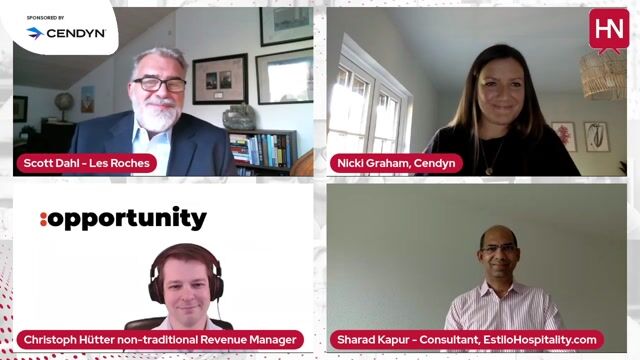How to manage revenue in a pent-up demand era?
20 experts shared their view
Considering the unprecedented global travel disruption and performance declines we've endured; hoteliers finally have something to look forward to. The world has spent the last 18 months dreaming about travel, but not actually going anywhere. Increasing vaccination rates combined with relaxed travel restrictions are bringing travel back… with a vengeance. Most agree that the worst is behind us.
But so far, this pent-up demand or "revenge" travel is different. Driven almost entirely by domestic leisure demand, the patterns have changed. Some premium locations are already exceeding 2019 pre-COVID levels, while hotels just a few blocks away are still struggling. Hotels that targeted the corporate, international, or group segments are reinventing themselves, with mixed success.
Considering the unique nature of the recovery, what should hoteliers do to optimize and manage COVID's pent-up demand?

This World Panel Viewpoint is sponsored by Cendyn™
More information
There are a few items that we need to consider to avoid generalizing the term "pent-up demand":
1. Demand hasn't come back for everyone. Some regions, submarkets or specific locations (especially urban, business-oriented) are still struggling.
- That's why it's still very important to be able to accurately measure and forecast demand levels by utilizing forward-looking market data instead of only concentrating on the internal booking data (pace, OTB, etc.).
2. For those areas or properties that are seeing increased demand levels, they will also notice (if they're paying attention) that booking patterns have significantly changed. Booking window is still shorter than before. Channel mix is different. DOW patterns are no longer the same either. Mostly, this is driven by the fact that not all types of demand are coming back at the same pace. Leisure is. Corporate/biz and groups are not (yet).
- That's why it's important to dig into deeper layers of data analysis, past just future daily house-level OTB, so you can actually understand who is coming, from where, how they're booking, how far in advance, how long they stay and what they actually need from the services/amenities standpoint.
3. That also means that your sales/marketing strategies should be aligned with the above. If your marketing messages, packages and promotions are targeting the wrong audience - they need to be revised.
- That's why it's important that all departments (marketing, sales, operations, finance, etc.) are aligned with the revenue management analysis and strategy to ensure that all operate in sync and are pursuing common goals.
4. And the last but not least. It's not just about top line room revenue. It has never been but now, thanks to the pandemic, we clearly see how important it is to target the actual profit (for all departments).
- To get the right formula, add ancillary revenues to the equation, subtract distribution costs and operating costs - and optimize that (Google Adjusted RevPAR or #ARPAR for more details).
All the answers are in the data.
It's all about data and it's all about the right tools (technology).

This World Panel Viewpoint is sponsored by Cendyn™
More information



